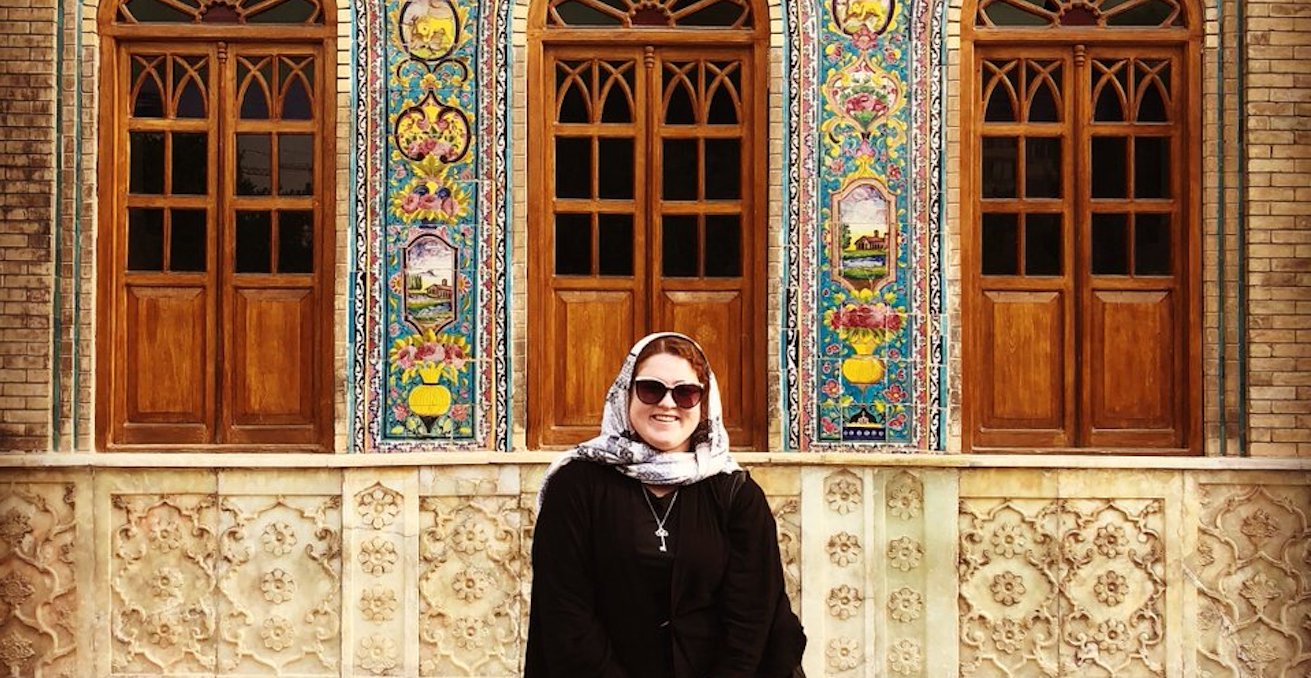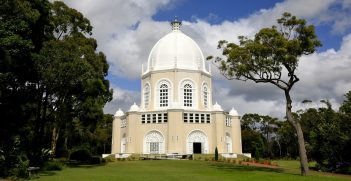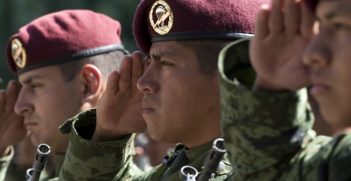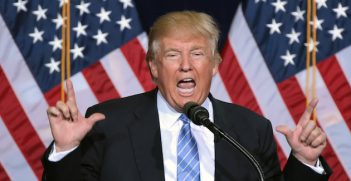Iran on the Ground

Iran continues to be stereotyped in Western media as a rogue state full of corrupt mullahs, an abuser of human rights, an exporter of Islamic terrorism to Syria, Iraq, the Gaza Strip and Yemen, and an extremist theocracy with territorial and nuclear ambitions on a collision course with Saudi Arabia, Israel and their backer, the United States.
A three-week tour of the country in April 2018 by the AIIA VIC provided a much-needed reality check and an update on a country first observed by this writer as a young Australian diplomat during the Shah’s time in 1971-73.
Our perspective was shaped by broad discussions with Embassy officials, former Iranian diplomats, academics at the University of Tehran, the independent Ravand Institute, people in private homes and those met spontaneously in the street. As well as Tehran, we visited Kashan, Isfahan, Yazd, Kerman and Shiraz.
Sophisticated Iranian women increasingly chafe at some religious strictures like wearing the hijab and chador, and other expressions of sharia law. But they are better off than Saudi Arabians. They drive, vote and actively participate in political and economic debate. The young still cover their heads and bodies in public, but many wear elaborate compensatory make-up and freely talk to strangers in cafes and the street. And while sharia law allows men to have four wives, most of those we saw seemed devoted to their single wives and their children. The moral police in Tehran operate with a lighter touch than after the 1979 Revolution. In the streets there, as well as in Isfahan and Shiraz, younger women and men had little inhibition in talking to foreigners. We met numerous Iranians who had relatives in Australia, which is seen as a desirable place to settle. Some concern was expressed about our treatment of Iranian overstayers and refugees, but little of Australia penetrates the Iranian consciousness.
Despite ongoing sanctions, the Iranian economy is substantial and energetic. Every morning the city streets of Tehran are crowded with traffic, and people have jobs to go to. The claim that there has been no infrastructural growth since the Revolution is a shibboleth, contradicted by a massive new international airport in Tehran, and constant improvement in inter-city roads and bridges. Memorials have been erected to martyrs in the eight year war against Iraq, as well as new university buildings and public beautification projects. But there are many part-finished office blocks and the banks are in a mess. Debate continues about state versus private control of industry. On the day our delegation left Iran to return home, the government banned foreign exchange activities. The currency, denominated in hundreds of thousands of rials, requires reform.
The Iranian electronic and print media reports of world affairs in English are a bracing change from the relentlessly biased Murdoch press in the US, UK and Australia. The chemical weapons drama in Douma was unfolding during our visit. The media unhesitatingly took the view that anti-Assad rebels, backed by the US and Israel, did it. The missile attacks by France, Britain and the US on Damascus that followed were pilloried as reckless, being carried out before a forensic analysis of the substance had been made. Ayatollah Khamenei branded the leaders of Britain, France and the US as war criminals.
Apart from Syria, the Iranian media lavishly reported Trump’s sexual peccadilloes and frequent staff changes in the White House. Claims by the new Secretary of State Pompeo that Iran has growing ambitions to exercise hegemonic power in the Middle East were greeted with derision.
We travelled between cities by bus. Climate change is already affecting Iran. Water from the qanats (underground water channels) is becoming scarce. Crops–wheat, barley, pistachios, olives, vegetables, fruits and vines–continue to be cultivated, but in less abundance, and farmers are worried about rising temperatures. Lakes are drying up, including Iran’s biggest lake, Lake Urmia in Azerbaijan. Formerly the home of breeding flamingos, pelicans, egrets and ducks, it is now mainly a barren field of salt.
During our travels we saw little evidence of Iran’s armed forces apart from a few bases surrounded by watch towers overlooking the desert. Iran has two armies–the regular one and the Revolutionary Guards–each with its own ground forces, navy and air force, which raises questions about their effectiveness. We were told that the regular army is responsible for home defence, while the Revolutionary army carries out anti-terrorism in Syria, Gaza, Yemen and Lebanon. Not that the regional activities of the Revolutionary Guard have universal public support in Iran. We detected impatience among our interlocutors at money spent on Iran’s military activities in Syria, the forces in Yemen, and a growing desire that it be spent instead on schools and hospitals in Iran. But the Iranian government talks tough about standing up to Israel and the United States. Defence Minister Brigadier General Amir Hatami told a gathering in Tabriz on 11 April that Iran is boosting its deterrent power and is prepared to give a devastating response to any wrong move or miscalculation by enemies. Hatami said the imperialist mind-set of the Trump Administration was no different from that of previous American Administrations.
There was also widespread indignation at Trump threatening to withdraw from the Joint Comprehensive Plan of Action: the nuclear deal under which Iran has agreed to close 13,000 of its 19,000 centrifuges and its plutonium-producing reactor, retain only 300 kilograms of its inventory of slightly enriched uranium, relinquish its inventory of heavy water and expose all of its nuclear facilities to the most rigorous inspection regime ever negotiated with the International Atomic Energy Agency: all in exchange for lifting of economic sanctions. President Hassan Rouhani’s warning that Iran would not re-negotiate one word of the JCPOA was greeted with public approval. Ali Akbar Salehi, director of Iran’s Atomic Energy Commission, said that if the JCPOA is overturned, a special situation will be created, and ‘we will give the violators a special surprise.’ This could include full-scale resumption of Iran’s nuclear program, not necessarily for weapons, but for more power reactors.
Richard Broinowski is past president of AIIA NSW. He served in the Australian Embassy in Tehran as a First Secretary in 1971-73 and visited Iran in April 2018 as part of an AIIA VIC study tour. He is presenting on ‘The Middle East: Why Iran Matters’ at AIIA NSW on 15 May. Tickets can be reserved here.
This article was originally published in Pearls and Irritations on 2 May 2018. It is republished with permission.





